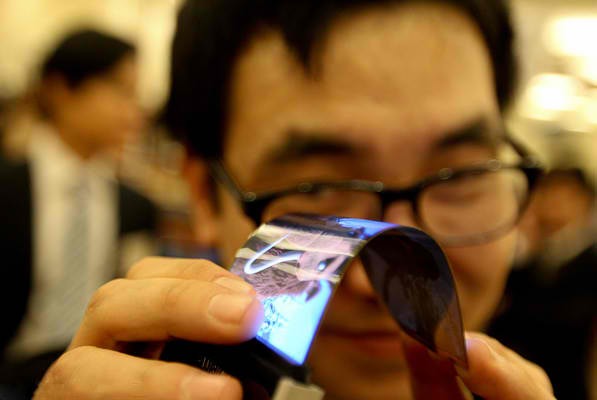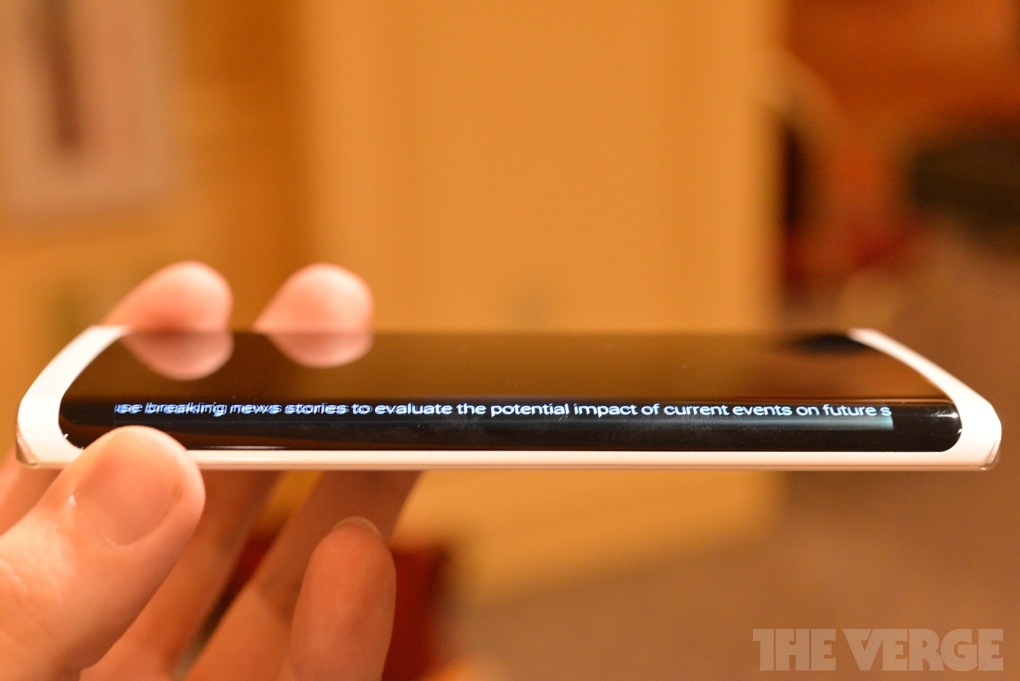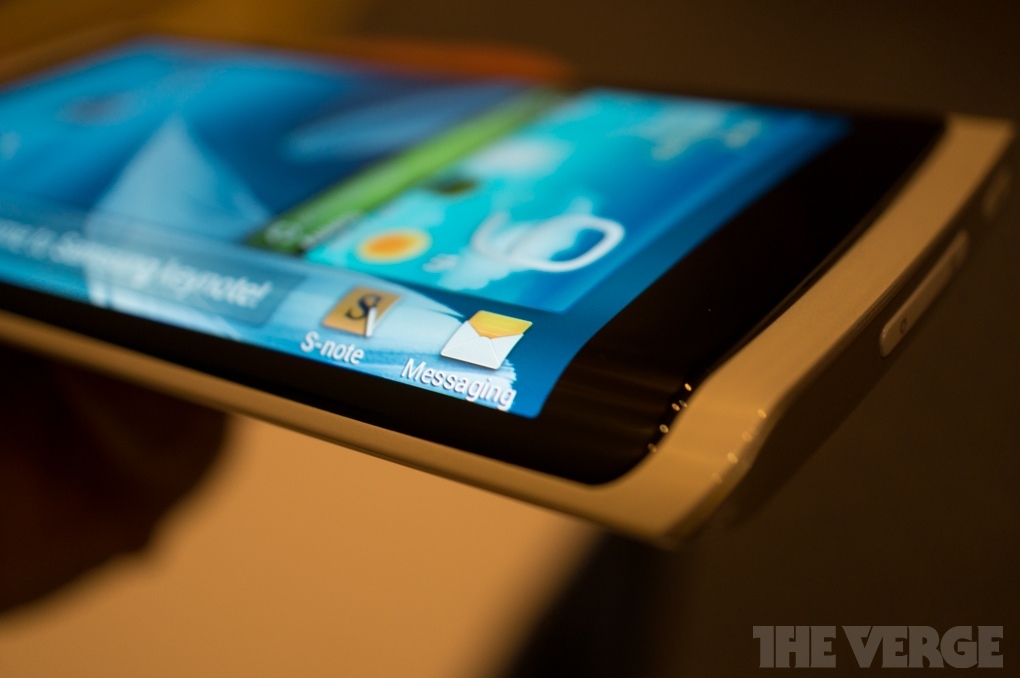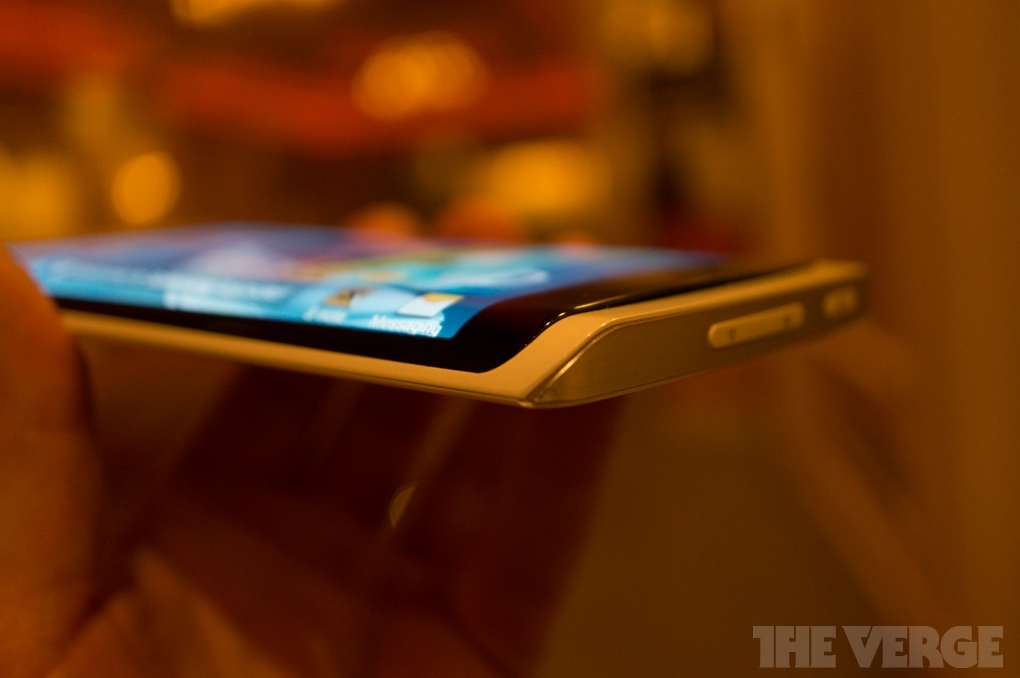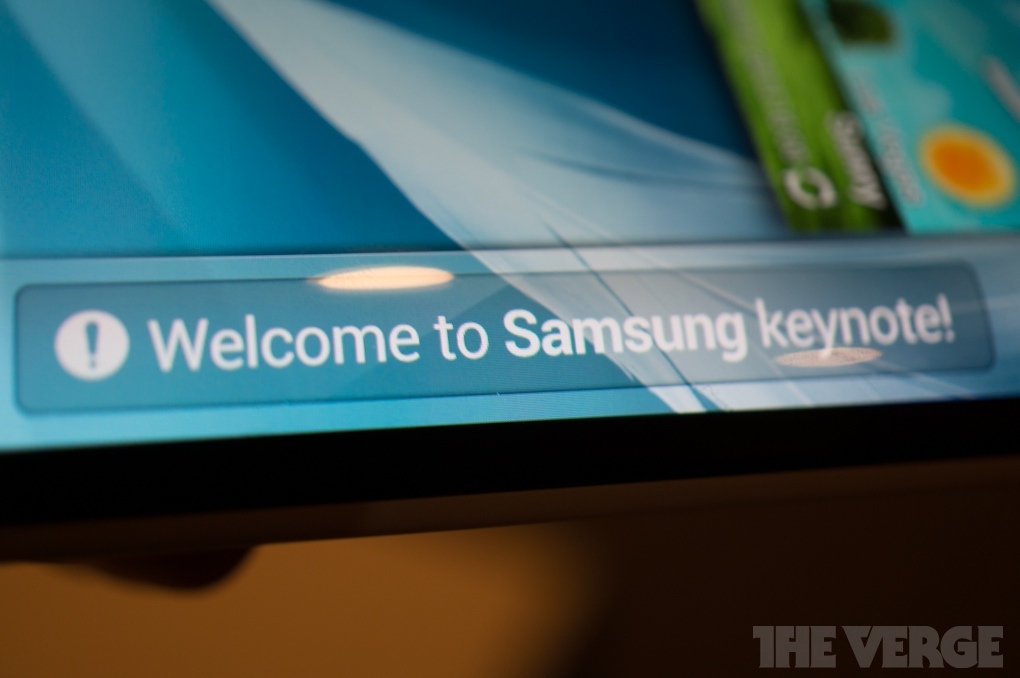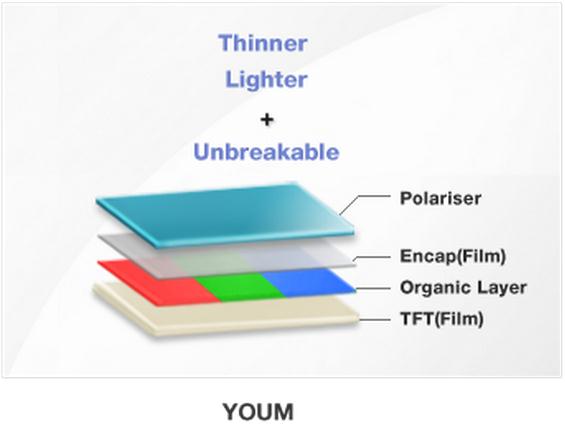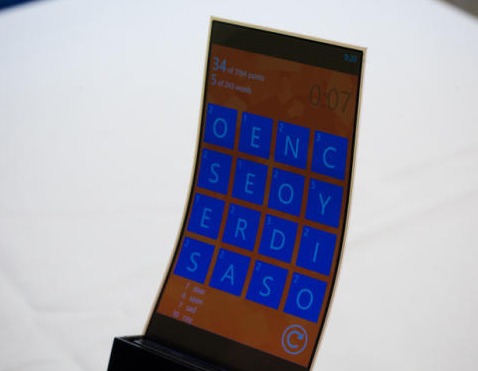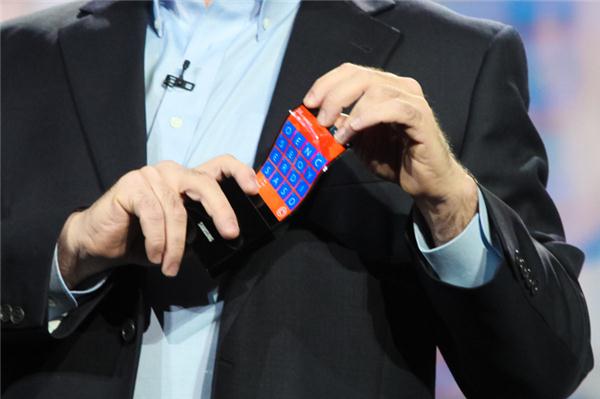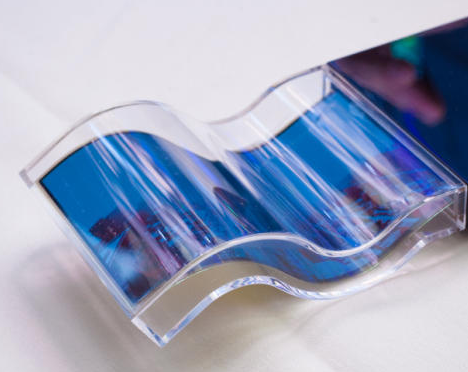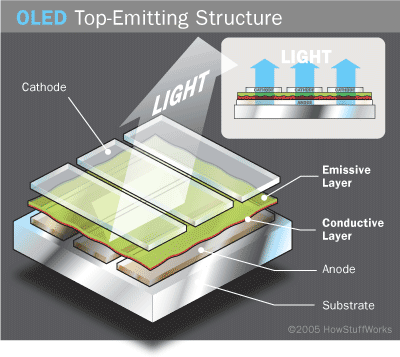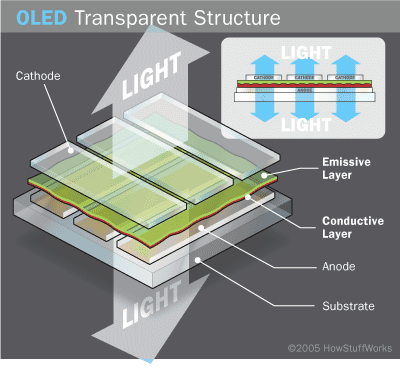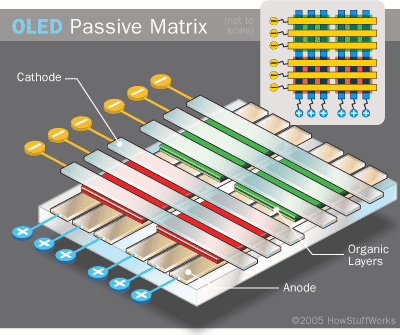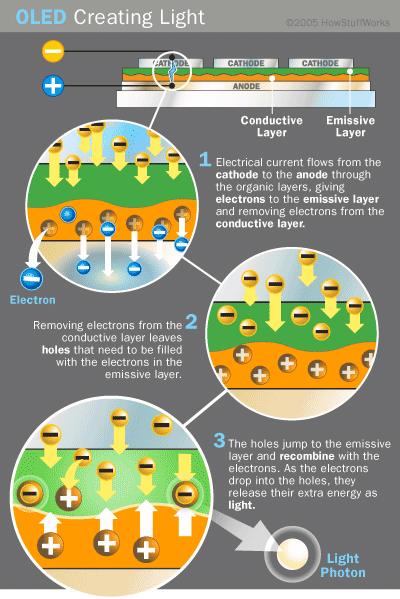Samsung to Unveil the World's First Curved Display Phone in October
Samsung are set to unveil a smartphone with a curved screen – a technological innovation aimed at maintaining its lead in a lucrative but increasingly saturated market.
After nearly a year of rumors, Samsung has confirmed it will roll out a smartphone with a curved display next month
Samsung will introduce a smartphone with a curved display in October, as the world's top handset maker seeks to set the pace of hardware innovation and maintain its supremacy in a fiercely competitive business.
cnn.comUpcoming Samsung Phones 2013: Korean Manufacturer May Finally Release The World's First Curved Display Phone
Image via kpopstarz.com"We plan to introduce a smartphone with a curved display in South Korea in October," Samsung's mobile business head of strategic marketing D.J. Lee said on Wednesday at an event launching the Galaxy Note 3 smartphone in Seoul.
Unfortunately, that's about all the detail he provided -- no exact release date, no details on the design, no price and no word on where it will be available.
IN PICTURES: Samsung Curved OLED phone prototype
Glimpse into Samsung flexible YOUM and Curved OLED phone prototype
Samsung's president used his time in the CES spotlight to show off Youm, the company's flexible display lineup that uses thin plastic vs. glass.
Samsung made news earlier this week with its curved OLED TV, and now it’s pushing the same idea onto mobile devices with a flexible-display prototype phone.
Samsung showed off its new flexible OLED technology, dubbed Youm, on a flexible smartphone prototype at CES 2013.
gottabemobile.comIN PICTURES: Samsung YOUM flexible display
Samsung exec Brian Berkeley holds a demo device with a flexible Youm display.
Image via cbsistatic.comMicrosoft's Eric Rudder demos a prototype of how a Windows Phone would look using a Youm display.
Image via cbsistatic.comFlexible/blendy phones - how and what makes them work?
Top-emitting OLED<br/><br/>Top-emitting OLEDs have a substrate that is either opaque or reflective. They are best suited to active-matrix design. Manufacturers may use top-emitting OLED displays in smart cards.
Image via ddmcdn.comTransparent OLED<br/><br/>Transparent OLEDs have only transparent components (substrate, cathode and anode) and, when turned off, are up to 85 percent as transparent as their substrate. When a transparent OLED display is turned on, it allows light to pass in both directions. A transparent OLED display can be either active- or passive-matrix. This technology can be used for heads-up displays.
Image via ddmcdn.comActive-matrix OLED (AMOLED)<br/><br/>AMOLEDs have full layers of cathode, organic molecules and anode, but the anode layer overlays a thin film transistor (TFT) array that forms a matrix. The TFT array itself is the circuitry that determines which pixels get turned on to form an image.<br/><br/>AMOLEDs consume less power than PMOLEDs because the TFT array requires less power than external circuitry, so they are efficient for large displays. AMOLEDs also have faster refresh rates suitable for video. The best uses for AMOLEDs are computer monitors, large-screen TVs and electronic signs or billboards.
Image via ddmcdn.comPassive-matrix OLED (PMOLED)<br/><br/>PMOLEDs have strips of cathode, organic layers and strips of anode. The anode strips are arranged perpendicular to the cathode strips. The intersections of the cathode and anode make up the pixels where light is emitted. External circuitry applies current to selected strips of anode and cathode, determining which pixels get turned on and which pixels remain off. Again, the brightness of each pixel is proportional to the amount of applied current.<br/><br/>PMOLEDs are easy to make, but they consume more power than other types of OLED, mainly due to the power needed for the external circuitry. PMOLEDs are most efficient for text and icons and are best suited for small screens (2- to 3-inch diagonal) such as those you find in cell phones, PDAs and MP3 players. Even with the external circuitry, passive-matrix OLEDs consume less battery power than the LCDs that currently power these devices.
Image via ddmcdn.comOLED light is created through a process called electrophosphorescence. Learn about electrophosphorescence and find out how OLED light is created.<br/><br/>
Image via ddmcdn.comOLED components include organic layers that are made of organic molecules or polymers. Learn about some of the different OLED components.
Image via ddmcdn.comThe idea of unbreakable mobile phones is going to be a reality very soon and it will be a great relief from broken/damaged screens and scratched displays.
OLEDs offer many advantages over both LCDs and LEDs. Although, it seems to be the perfect technology for all types of displays, but it also has some problems.
OLEDs are a type of light emitting diode that is made of thin films of organic molecules. Learn about OLEDs and how OLEDs will be used in televisions.
Have something to say about this? Facebook or Tweet us! We'll feature it on SAYS
SAYS is Malaysia's social news network. Find today's must-share stories, news and videos everyday, produced and brought to you by Malaysian social media users.
 facebook.com
facebook.com
SAYS is Malaysia's social news network. Tweet us and let us know what's happening around you! We'll look into it.
